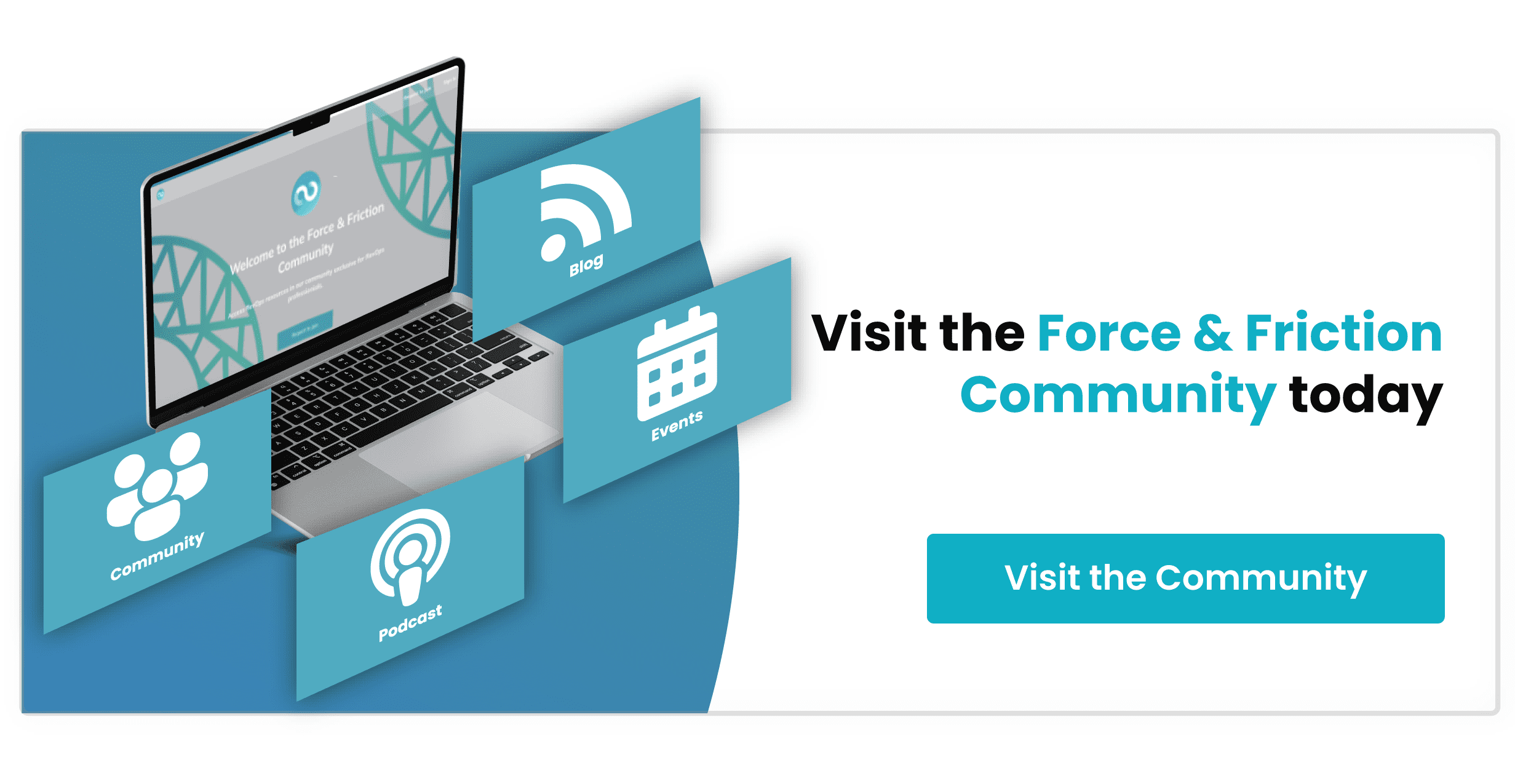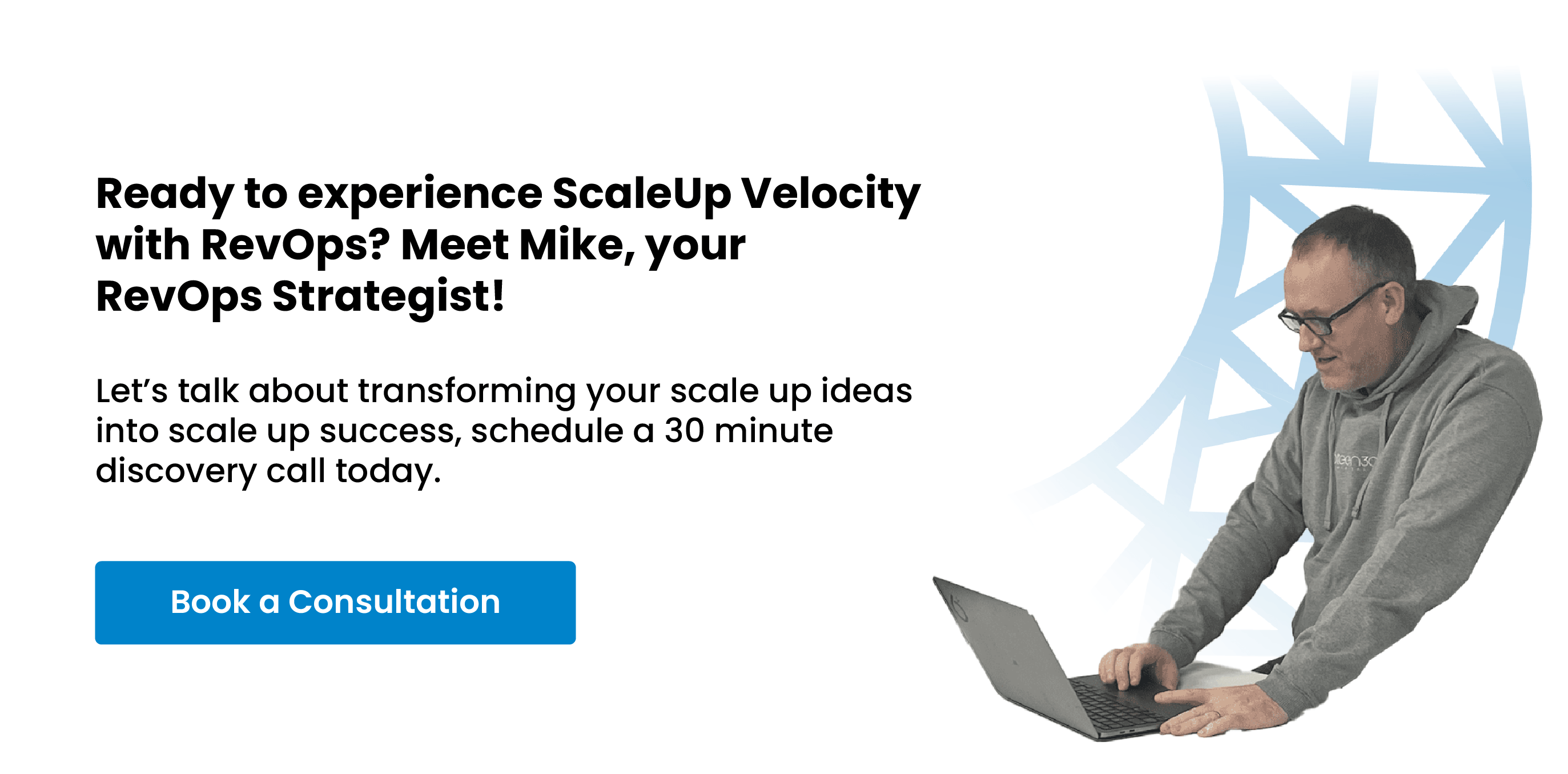
Designing for Delight: Creating Memorable Customer Experiences Across Your Customer Journey | #RevOpsLife
Imagine a world where customer delight is not just an afterthought, but the very foundation of business success.
A world where prioritizing the customer journey isn't a luxury, but the lifeblood of long-term growth.
Welcome to the future of business - where designing delightful experiences is the ultimate competitive advantage."
"According to a study conducted by PwC, 32% of customers would stop doing business with a brand they love after just one bad experience. This demonstrates the high stakes when it comes to customer satisfaction.
(source) 2018 report titled "Experience is Everything: Here's How To Get It Right."
Additionally, a report from Forbes reveals that 89% of companies see customer experience as a key factor in driving customer loyalty and retention. (Source 2019 Article 50 Stats That Prove The Value Of Customer Experience)
However, a staggering finding from Bain & Company states that while 80% of businesses believe they deliver a 'superior experience' to their customers, only 8% of customers actually agree. Clearly, there's a significant gap between perception and reality when it comes to how businesses treat their customers." (source Closing the delivery gap 2005)
Too many companies still miss the mark when it comes to putting customers first. It's easy to get caught up in the details of product development, team management, and branding while losing sight of the ultimate goal - customer delight.
By examining the reasons behind this oversight and the consequences that follow, we can better understand the need to prioritize the customer experience.
1: Misplaced priorities:
In the quest for the perfect product or service, businesses often become so consumed with development and innovation that they overlook the very people they are trying to serve.
The relentless focus on product features, technology advancements, or internal processes can overshadow the customer's perspective, leading to a disconnect between what the business believes is valuable and what the customer truly desires.
Summarized: Businesses can sometimes lose sight of their core goals and values, and instead prioritize short-term gains or irrelevant activities.
2: Distractions:
In the face of tight deadlines, budget constraints, and mounting pressure, it's easy for businesses to lose focus on customer delight.
With so many competing priorities and responsibilities, the customer experience may take a back seat to more immediate concerns like sales targets, cost reduction, or meeting quarterly goals.
This short-term thinking often prevents companies from recognizing the long-term benefits of investing in a customer-centric approach.
Summarized: Companies can become sidetracked by non-essential tasks or external factors, which can take away from their focus and productivity.
3: Resistance to change:
Redesigning a business model to prioritize customer delight requires time, effort, and a willingness to adapt. Many businesses, especially those with established processes and structures, may be resistant to change.
This resistance can stem from a variety of factors, including fear of the unknown, reluctance to abandon familiar practices or concerns about the financial implications of a customer-first approach.
Consequently, businesses may cling to their existing models and justify their focus on other areas, missing out on the opportunity to cultivate strong customer relationships and drive long-term growth.
Summarized: Organizations may be resistant to change, which can prevent them from adapting to new market conditions, technologies, or customer needs.
4: Hunting for new customers:
Companies often allocate significant resources to acquiring new customers, believing that a larger customer base will automatically result in increased profits.
While customer acquisition is important, this strategy overlooks the value of nurturing existing customer relationships.
By neglecting to delight and retain their current customers, businesses risk losing them to competitors and must invest even more resources to replace them. In contrast, a focus on customer delight can lead to higher retention rates, repeat business, and positive word-of-mouth, ultimately driving sustainable growth.
Summarized: While attracting new customers is important, businesses may focus too much on acquisition rather than retaining and nurturing existing customers.
5: Lack of customer understanding:
A fundamental reason why businesses fail to prioritize customer delight is the lack of a deep understanding of their customers' needs, preferences, and expectations.
Without this insight, companies may struggle to identify the most effective ways to enhance the customer experience. This lack of understanding can result in misguided decisions, misallocated resources, and ultimately, dissatisfied customers.
Summarized: Lack of customer understanding: Companies can fail to truly understand their customers' needs and preferences, which can lead to misaligned product offerings, messaging, and marketing strategies.
Thriving In a Competetive Marketplace:
To truly thrive in today's competitive market, businesses must recognize the crucial role customer delight plays in long-term success.
By overcoming the barriers mentioned above and adopting a customer-first mindset, companies can create memorable experiences that foster loyalty, generate positive word-of-mouth, and drive sustainable growth.
As a business, I'd recommend that you reflect on your own business activities, and consider the consequences of not prioritizing customer delight, further you should ask yourselves whether they are willing to risk falling behind in a world where the customer experience is increasingly becoming the key differentiator.
Design for Delight - Start Your Journey
As you embark on the journey of designing for delight, consider integrating RevOps into your approach to streamline operations, reduce friction in the customer journey, and deliver a better customer experience.
These three fundamental steps, when coupled with the power of RevOps, can transform the way you engage with your customers and set the stage for unparalleled success and growth.

1: Ignite the empathy revolution:
Embark on a transformative journey designing a customer journey that places your customers' emotions, needs, and actions at the core of your business model. Foster an environment where understanding customer pain points is paramount, setting the stage for customer delight and meaningful connections.
-
How to understand customer pain points: Conduct regular surveys and focus groups to gather feedback and identify areas for improvement.
-
How to create customer personas: Analyze data collected from customer interactions and develop detailed profiles representing different customer segments.
-
How to incorporate empathy into decision-making: Train employees to prioritize customer needs and emotions when making decisions, fostering a customer-centric culture.
2: Master the art of touchpoints:
Redesign your business model around the customer journey to prioritize exceptional experiences at every stage of the customer journey. Infuse your interactions with quality and care, from initial engagement to service renewal, cultivating long-lasting relationships and a reputation for excellence.
-
How to map the customer journey: Identify and document all customer interactions with your brand, from the initial awareness stage to purchase and ongoing engagement.
-
How to optimize touchpoints: Analyze each touchpoint for effectiveness and implement improvements to enhance the overall customer experience.
-
How to measure touchpoint success: Establish Key Performance Indicators (KPIs) for each touchpoint and track progress to ensure continuous improvement and customer satisfaction.
3: Unleash the power of customer-driven growth:
Embrace the potential that lies in customer insights and let them guide your offerings and marketing strategies. Create an environment where customers become loyal advocates, driving engagement and propelling your business to new heights through their enthusiasm and commitment.
-
How to leverage customer feedback: Implement a robust system for collecting and analyzing customer feedback, using it to guide product development, marketing, and customer support.
-
How to create a customer advocacy program: Develop and implement a program that rewards loyal customers for promoting your brand to their networks, enhancing brand loyalty and reach.
-
How to analyze customer data for growth opportunities: Utilize advanced analytics tools to identify patterns in customer behaviour and preferences, using this information to drive targeted marketing campaigns and improve product offerings.
So how profitable is focusing on the customer?
According to McKinsey & Company's 2021 report - customer-centric companies generate 4-8% higher revenue growth and 10-15% higher total shareholder returns than companies that are not customer-centric.
Deloitte's 2020 report found that companies with higher levels of customer-centricity achieved 2.5x higher enterprise value (EV) multiples than those with lower levels of customer-centricity.
A 2019 report by Accenture found that customer-centric companies achieved 2.4x higher total shareholder returns than companies that are not customer-centric.

Intro to Spotify Wrapped
Sure, here's how we can assign the story of Spotify Wrapped to the three points:
How Spotify Ignited the empathy revolution:
Spotify Wrapped campaign ignited the empathy revolution by tapping into users' emotions and creating a personalized year-in-review experience. It showed that Spotify understands its users' love for music and the emotional attachment they have to their favourite songs and artists.
By sharing personalized insights and creating a visually engaging presentation that users can share on social media, Spotify demonstrated its empathy and deep understanding of its customers.
How Spotify Mastered the art of touchpoints:
The Spotify Wrapped campaign is a perfect example of how Spotify has mastered the art of touchpoints. It created a touchpoint with users by providing them with personalized insights into their listening habits, presenting a year-in-review of their favourite songs, artists, and genres.
It also created a touchpoint by offering a visually engaging presentation that users can easily share on social media, generating a buzz around the brand and driving engagement.
Additionally, personalized playlists curated based on users' listening habits throughout the year, offered a delightful and tailored listening experience that keeps users engaged with the platform.
How Spotify Unleashed the power of customer-driven growth:
The Spotify Wrapped campaign is an excellent example of how Spotify unleashed the power of customer-driven growth. By leveraging user data and personalization, Spotify Wrapped created a memorable and delightful customer experience that increased user satisfaction and loyalty.
It also reinforced the value of the Spotify subscription by helping users discover new music and rediscover forgotten favourites. The campaign contributed to Spotify's continued growth and success in the competitive music streaming market by creating a buzz around the brand, driving engagement, and keeping users loyal to the platform.

Behind the numbers at Spotify
According to Spotify's financial reports, the company's total revenue for Q4 2017 (the quarter in which Spotify Wrapped was first launched) was €1,4 billion. By Q4 2022, the company's total revenue had grown to €11.7 billion.
Monthly active users (MAUs) in a service like spotify is a great metric to use to consider customer delight, as is premium paid subscribers, which can be used to infer the company's churn rate / or satisfaction rate. For example, in Q4 2017, Spotify reported 71 million premium subscribers. By Q4 2022, the company had grown its premium subscribers to 205 million.
It's clear that Spotify has been able to maintain and grow its user base over the years, which suggests that the company has been successful in retaining users and reducing churn.
The introduction of features like Spotify Wrapped and personalized playlists will certainly have played a role in increasing user engagement and retention on the platform.
Conclusion
As we close, I challenge you to envision that world where customer delight is the foundation of business success.
It's a world where businesses don't just meet the expectations of their customers, but exceed them, creating experiences that delight and inspire loyalty.
Revenue Operations (RevOps) can help you achieve this by aligning your business model around customer delight, ending silos and aligning your sales, marketing, and customer success teams to provide a seamless and personalized customer experience
The time is now for you to redesign your business model to solve for the customer, to embrace the customer-centric mindset, and to make customer delight the driving force behind everything you do.
So the next time people ask you what you do, tell them you "create customer delight through [your service]" and know that you're making a positive impact on the world, one delighted customer at a time.
If you need help, designing for delight, schedule a consultation with me and I'd be delighted to help you be a stand-out customer-focused organization utilising the power of RevOps.







%20-%20Teal.png?width=500&height=130&name=Force%20%26%20Friction%20-%20Branding%20-%20Logo%20(White)%20-%20Teal.png)